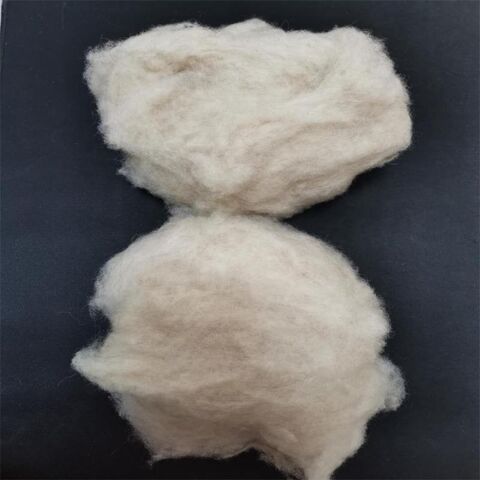What Material Is Cashmere? Understanding Its Unique Characteristics and Uses
What Material Is Cashmere? Understanding Its Unique Characteristics and Uses
Blog Article
Factors You Have To Require Cashmere an All-natural Fiber for Comfort and Beauty in Everyday Put On
In the world of textiles, few fibers match the deluxe and comfort of cashmere. This one-of-a-kind product, understood for its premium gentleness and insulation, provides unequaled comfort and sophistication for everyday wear. Yet what establishes it besides various other fibers? How does it impact the atmosphere and exactly how does it compare to synthetic options? Exactly how can one best make use of cashmere to elevate their design? These intriguing questions lay the foundation for an enlightening expedition into the world of cashmere.
Comprehending the Luxurious Nature of Cashmere

Examining the Comfort Variable of Cashmere Attire
What qualities highlight the convenience element of cashmere garments? The soft qualities of cashmere is the initial high quality to consider. Its luxurious structure makes it feel like a second skin, supplying heat without the weight or irritation associated with various other wool products. Cashmere's one-of-a-kind fiber framework permits for breathability, regulating temperature level and protecting against getting too hot. The material's adaptability and sturdiness make certain that it mold and mildews versus the body easily, preserving its form gradually. Cashmere's hypoallergenic residential or commercial properties also add to its convenience, making it an excellent choice for sensitive skin. The capacity to layer cashmere items without bulkiness increases the convenience aspect. Fundamentally, the convenience of cashmere is originated from its gentleness, breathability, longevity, hypoallergenic nature, and adaptability.

The Environmental Influence and Sustainability of Cashmere
While the convenience and elegance of cashmere are unquestionably appealing, it's just as crucial to consider its connection with the setting. Cashmere production, largely in Mongolia and China, involves increasing cashmere goats, which can dramatically strain breakable grassland environments because of overgrazing. This can lead to desertification, a pressing environmental problem. The handling of cashmere, entailing washing and coloring, can additionally add to water air pollution if not effectively handled. However, initiatives are being made to establish sustainable cashmere manufacturing approaches, such as rotational grazing and cleaner handling strategies. While cashmere has ecological influences, its sustainability largely depends on production practices.
Comparing Cashmere to Artificial Fibers: A Cost-Benefit Analysis
Despite its environmental difficulties, cashmere presents an one-of-a-kind collection of advantages over artificial fibers. On the cost side, cashmere is indisputably a lot more pricey as a result of its labor-intensive manufacturing process. Yet, the benefits make it worth the financial investment. Cashmere's all-natural fibers use unparalleled softness what is cashmere and heat, equating right into comfort that artificial fibers battle to match. Furthermore, cashmere items are very durable, appealing longevity that offsets first costs gradually. Unlike artificial fibers, cashmere does not add to microplastic air pollution, making it an extra lasting selection. On the other hand, synthetic fibers, while cheaper upfront, offer much less convenience, have shorter lifespans and pose ecological problems. Therefore, when examining cost-benefit, cashmere's superior high qualities make it a rewarding financial investment for daily wear.
Styling Tips With Cashmere for Everyday Beauty
Having actually taken into consideration the cost-benefit analysis of cashmere compared to artificial fibers, it ends up being clear why this elegant product is a preferred choice for lots of. When styling cashmere for daily sophistication, simpleness is essential. A cashmere sweatshirt, for More about the author example, can be matched with tailored pants or a smooth skirt for a posh, put-together appearance - cashmere fibre. For a much more informal set, a cashmere cardigan put on over an easy tee and denims radiates simple and easy style. Accessories can additionally see this website raise the appearance: a statement pendant or scarf can add a pop of shade to a neutral cashmere piece. Eventually, the integral style of cashmere makes it a functional enhancement to any wardrobe, effortlessly boosting daily attire with a touch of high-end.

Final Thought
In enhancement, cashmere's sustainability and lower ecological influence compared to artificial fibers further enhance its appeal. Investing in cashmere garments is a beneficial choice for sustainability, convenience, and style.

Report this page